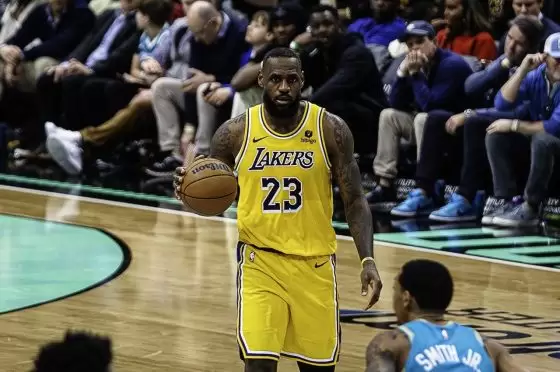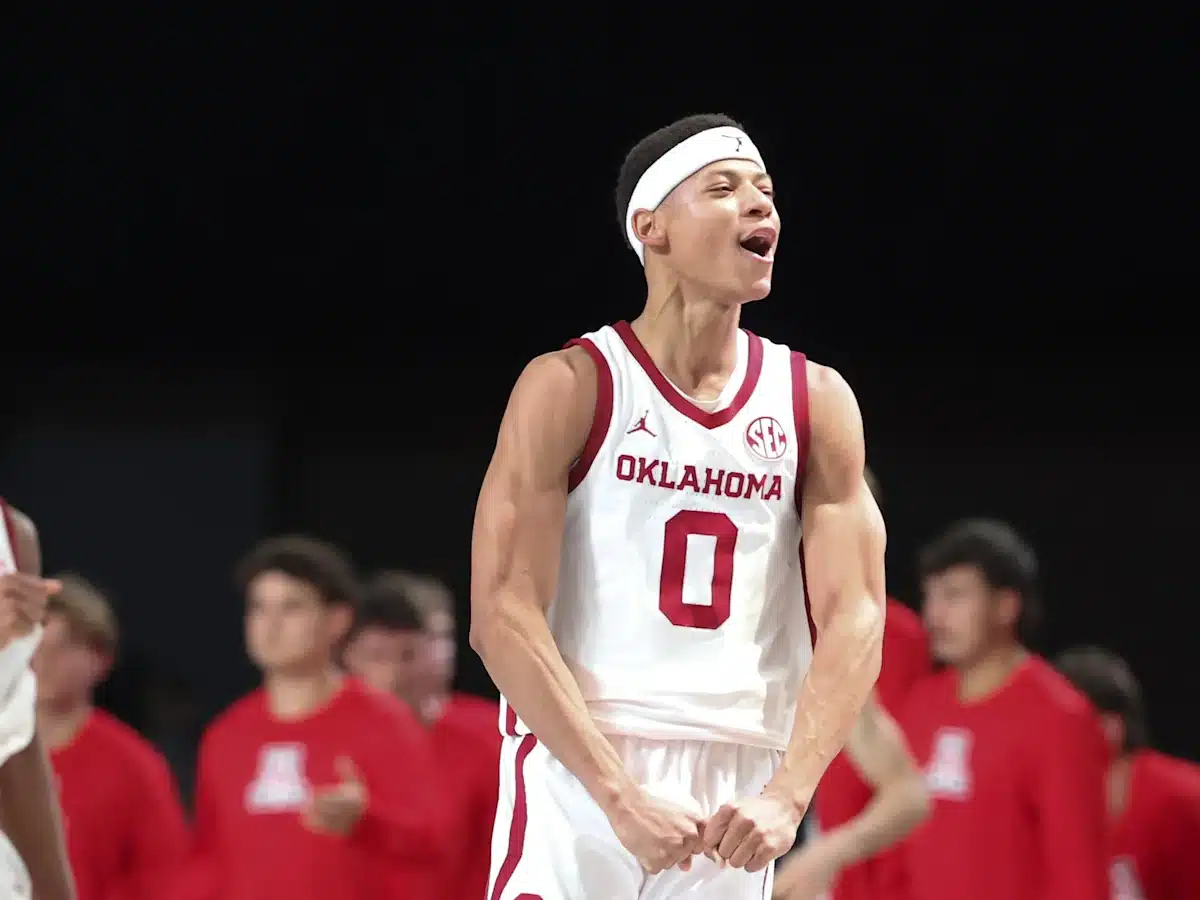“No matter how good you get you can always get better, and that’s the exciting part.” — Tiger Woods
Striving for continuous growth is one of many things that can help distance elite athletes from the rest of the pack. The best players don’t rest on their laurels or the various pre-existing tools in their bag. Instead, they’re always looking to fine tune different skills and add new dimensions to their game.
After all, if you’re not constantly evolving, you’re falling behind.
That statement rings especially true in the NBA. While the Celtics enter the 2023 season with one of the best rosters in the league, each of the squad’s core players has one or two things they could work on.
New addition Kristaps Porzingis will be excluded, simply because he needs to focus on getting healthy and subsequently fitting in alongside the Jays instead of a specific area of individual improvement. Al Horford will also be excluded, because you can’t really ask a 37-year-old to drastically adjust his game, especially when he fits the system perfectly and shot a career-high 44.6% from three last season. Just keep doing your thing, Al.
That leaves five members of Boston’s “core.” Without further ado, let’s get into it.
Jayson Tatum — Three-point shooting
Brett Davis-USA TODAY Sports
Tatum is coming off the best season of his career, averaging 30.1 points, 8.8 rebounds, and 4.6 assists per game. The young star improved virtually everything fans had been clamoring for him to work on in 2022; he drove more, got to the free throw line at a significantly higher rate, utilized his size to become quietly one of the best rebounders in the league, and took his overall scoring to the next level.
However, one area that sticks out is his lack of efficiency from behind-the-arc. Tatum shot exactly 35% from three last year, which isn’t terrible, but it was slightly below the 2022 league average of 36.1%.
However, when you’re taking 9.3 threes per game — which was the fourth-most long-range attempts per contest across the entire league last year — ideally you should be hitting them at at least a league average rate. While Tatum’s two-motion shot form works for him, it does create more room for error than a typical one-motion we see used by most NBA players, which leads to a lack of repeatability and can result in decreased efficiency. That said, he’s talented enough to bump that long-range percentage up, and if he does, it will take his production to another level.
Jaylen Brown — Decision-making
:no_upscale()/cdn.vox-cdn.com/uploads/chorus_asset/file/24854076/usa_today_20725258.jpg)
Sam Navarro-USA TODAY Sports
Most of you were probably looking for “dribbling left” in this section. Sorry to disappoint.
Brown’s downhill dribbling is obviously an area that he needs to work on, but it falls under a larger umbrella of decision-making. If you’re looking for a specific deep-dive into his left-handed turnover woes, check out this article by The Athletic’s Jared Weiss.
As Weiss points out, out of Brown’s 66 turnovers in the postseason, 25 of them occurred because he lost the ball while dribbling left. That’s clearly concerning, but in reality, a majority of Brown’s turnovers — including those ones — come as the result of a poor decision.
Whether it’s dribbling into a double-team because he believes he can still get a shot off or forcing the issue on a fast break when he doesn’t have the numbers, Jaylen simply makes too many plays per game that leave us wondering exactly what was going through his head.
A lot of that can be chalked up to pace of play and simply trying to do too much. Contrary to what Twitter trolls may tell you, Brown is an incredibly skilled offensive player. However, everyone has limits to their abilities, and he tends to push his too consistently.
If Jaylen can slow his pace of play down and process more of the equation while sticking to his strengths, the number of silly turnovers will be drastically cut down.
Derrick White — Being more assertive
:no_upscale()/cdn.vox-cdn.com/uploads/chorus_asset/file/24854125/usa_today_20783401.jpg)
David Butler II-USA TODAY Sports
There were countless times last year when White was far too passive. To be fair, he was operating as the off-ball guard most of the time. However, now that Marcus Smart is gone and White is stepping into the full-time starting point guard role, passivity will not be acceptable. His fingerprints need to be all over Boston’s offense for a bunch of reasons.
Firstly, White is a phenomenal decision-maker. His processing speed is incredibly quick, and you rarely see him make the wrong choice with the ball in his hands. You want those types of guys operating as primary playmakers, which is why I’m excited to see what he can do in an expanded role this year.
Secondly, bumping White’s usage will allow Tatum and Brown to rest more, which will hopefully keep them fresher for the postseason. Last year, Jayson’s usage rate was 32.6% (fifth-highest in the NBA) and Brown’s was 31.4%, which ranked ninth across the association. Ideally, Boston can decrease both of those percentages for the Jays during the regular season.
The ball doesn’t just need to be in White’s hands more. He needs to WANT the ball in his hands more.
Robert Williams — (Also) being more assertive
:no_upscale()/cdn.vox-cdn.com/uploads/chorus_asset/file/24854188/usa_today_20667822.jpg)
Winslow Townson-USA TODAY Sports
In the words of Team Rocket (yes, we’re quoting Pokémon now, that’s the stage of the offseason we’ve entered), “prepare for trouble, make it double!”
And by “trouble,” I naturally mean Boston’s more passive players becoming more assertive.
The entirety of Boston’s team has expressed its desire to see Williams take a more aggressive offensive approach, at times even getting angry at the big man when he passes up a good look near the rim.
When he does shoot, Williams’ efficiency is through the roof, as he boasts a career 73.2 FG%. It’s fair to assume that number will decrease as he starts taking more shots, but based on the relatively limited sample size, it’s easy to see why the Celtics want him putting up more attempts.
It’s not like I’m asking Rob to start taking contested middies or even create his own shot consistently, but he needs to be more of a threat offensively to keep opposing defenses honest.
Malcolm Brogdon — Playmaking
:no_upscale()/cdn.vox-cdn.com/uploads/chorus_asset/file/24681533/usa_today_20738191.jpg)
Sam Navarro-USA TODAY Sports
Brogdon’s relationship with Boston’s front office is still likely not on the best terms, and there’s always a chance Brad Stevens deals the reigning Sixth Man of the Year before the season starts. However, if we’re to take Stevens at his word — which is not always a smart strategy when it comes to public comments by any front office executive — then the team plans on bringing Brogdon back into the fold as a major contributor once again for the upcoming campaign.
Assuming that is how this situation plays out, then the veteran guard needs to take on a significantly larger role as a playmaker. With Smart in Memphis and Payton Pritchard operating as more of a scorer, that leaves Brogdon and White as the only two rotational guards capable of distributing at a high level on Boston’s roster.
Brogdon was more of a score-first sixth man last season, but he’s capable of running an offense. Before he landed with the Celtics, he averaged 6.3 assists per game over three seasons with the Pacers. After playing a career-low 26.0 minutes per contest in 2022, that number will likely creep back up towards 30 this season. When Brogdon is on the floor, he’ll need to consistently set his teammates up.






